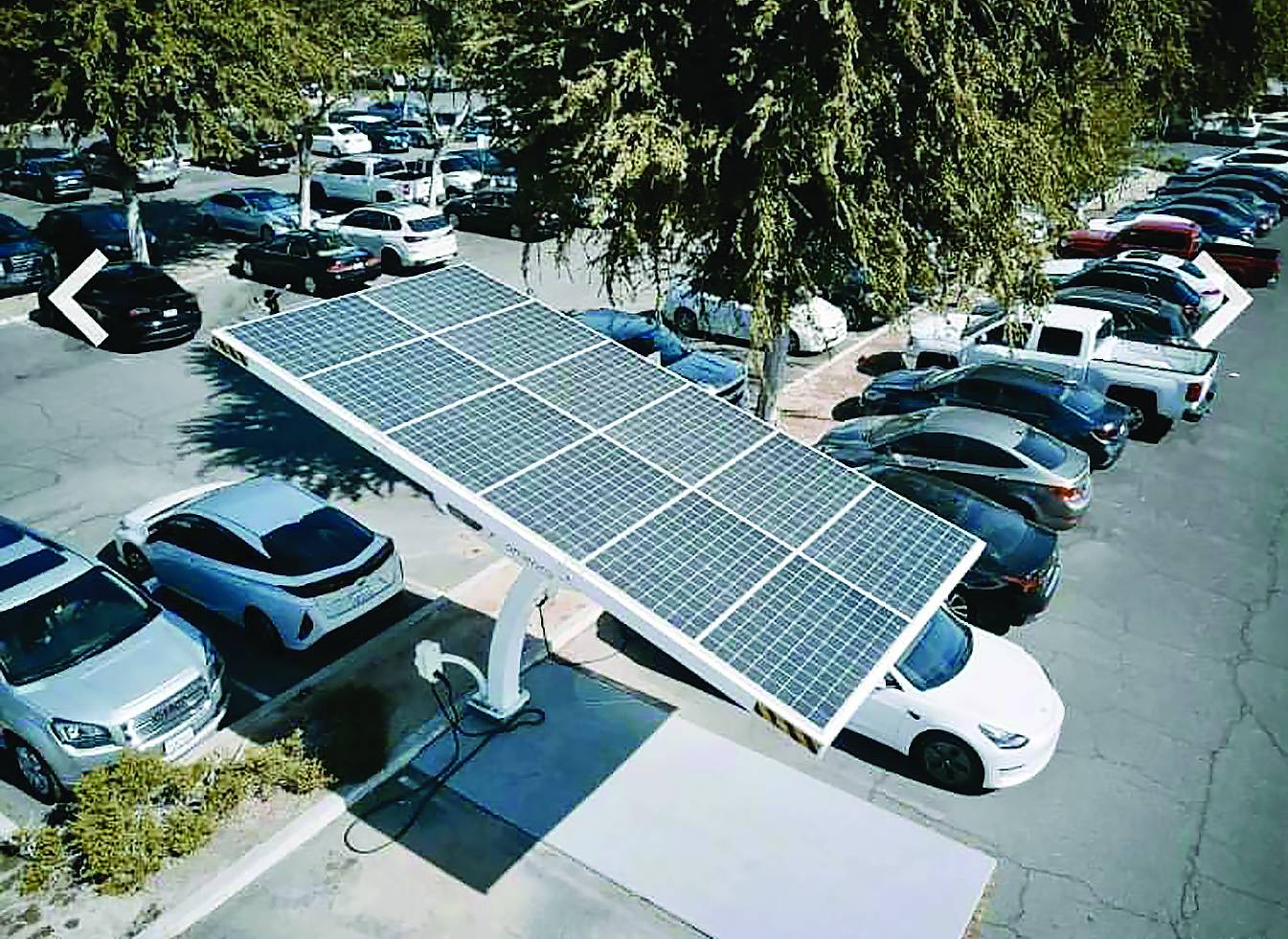The rays of Mother Sun

In traditional Filipino speak, that melodious phrase describing mothers as the “ilaw ng tahanan” (“light of the home”) is particularly apt for the technological upgrade my own household is now undergoing.
First, however, let me put things in context. You know that big, yellow orb whose brightness fills up our entire daytime sky? That is our sun, 151 million km away, yet feels the hell right next door to us. It’s at the center of our solar system. It’s the reason everything else in our system exists. It’s a giant nuclear reactor that’s been burning bright for billions of years, and it’ll continue to do so for billions more. From our puny human perspective, the sun gives off nearly limitless light and heat energy to everything that orbits it.
There’s nothing else like the sun within 4.3 light years (a light year is the distance light travels in the vacuum of space in one year, which is 9,460,730,472,581 km), the distance between the sun and its nearest star neighbor Proxima Centauri. Thus, to compare our own mothers to the sun, by the way they freely share unlimited warmth and light for everyone whose lives revolve around them, already delves into the realm of the poetic.
As for me, I’ve taken that concept of unlimited warmth and energy of two of the most important figures in our lives to a more scientific, practical, and sustainable level.
Just last week, our household made that big switch to solar energy, mainly because of my mother.
My 85-year-old mom has been bedridden for almost 9 years now after three strokes. Her condition requires lifesaving equipment such as her suction machine and nebulizer to be constantly by her side, on the ready 24/7. Her tracheostomy tube requires uninterrupted power. To keep the climate in her room constantly comfortable, the room airconditioner must be powered on and in proper running condition all of the time.
Through all these years our household has been dependent on the national power grid, we have experienced mini-emergencies whenever there were brownouts. We bought two generator sets a few years ago, but it’s been a pain to operate and maintain, the gasoline fumes make us nauseous, and the engine requires a lot of muscle to power up. And now, with power shortages due to spikes in demand brought about by the extreme heat looming in the horizon, we realized that we can’t just solely rely anymore on the city’s power grid to meet our crucial energy needs.
That’s why, last month, after closely looking over as many suppliers as possible, we settled on an upstart, affordable solar panel provider owned by an electronics engineer who was able to explain the technical details of his setups in easy-to-understand layman’s terms. We chose an 8kW hybrid solar setup, which involved installing 15 high-quality panels (with each panel having a 550-watt capacity) on our rooftop, an 8kW hybrid inverter, and two 100AH lithium ion batteries (laboratory tested) for energy storage. This setup could already power a large household, the company owner said.
As of this writing, the installation team has just about completed its work, and in the process of testing the system. Of course, we’re all excited and nervous, hoping that no glitches would occur. At last, I’ve been thinking to myself, apart from the ability to synthesize vitamin D (through ultraviolet radiation) every time our skins get exposed to sunlight, we’ll now be able to harness limitless solar energy and convert it to essential electrical energy that my mom and the rest of my household depend on.
I recall that the sun had been the same source of energy that helped the towns ravaged by Typhoon Odette in 2021 to get back on their feet. Cebu City Councilor Nestor D. Archival, an electrical engineer, green sustainability advocate and vegetarian, used his electric vehicle Nissan Leaf, which was charged up by the electricity he harvested from his solar panels at home, to supply electricity to communities without power. Archival said that it was all about giving free power from the sun to the communities that needed it the most.
A “light for a light.” That’s how I describe the sun’s role in sustaining my mother’s health and well-being, now that it has taken a more direct role in our household’s energy needs. Perhaps, someday, many more families would adopt the sun as their own main provider of power for their household appliances and electric-powered transport. It’s been there for the taking for, like, forever. And now the technology to convert all that energy into electricity is available and much more accessible in terms of cost.
Just like a mother’s love. It’s been there from the beginning. Unlimited, and free.


















